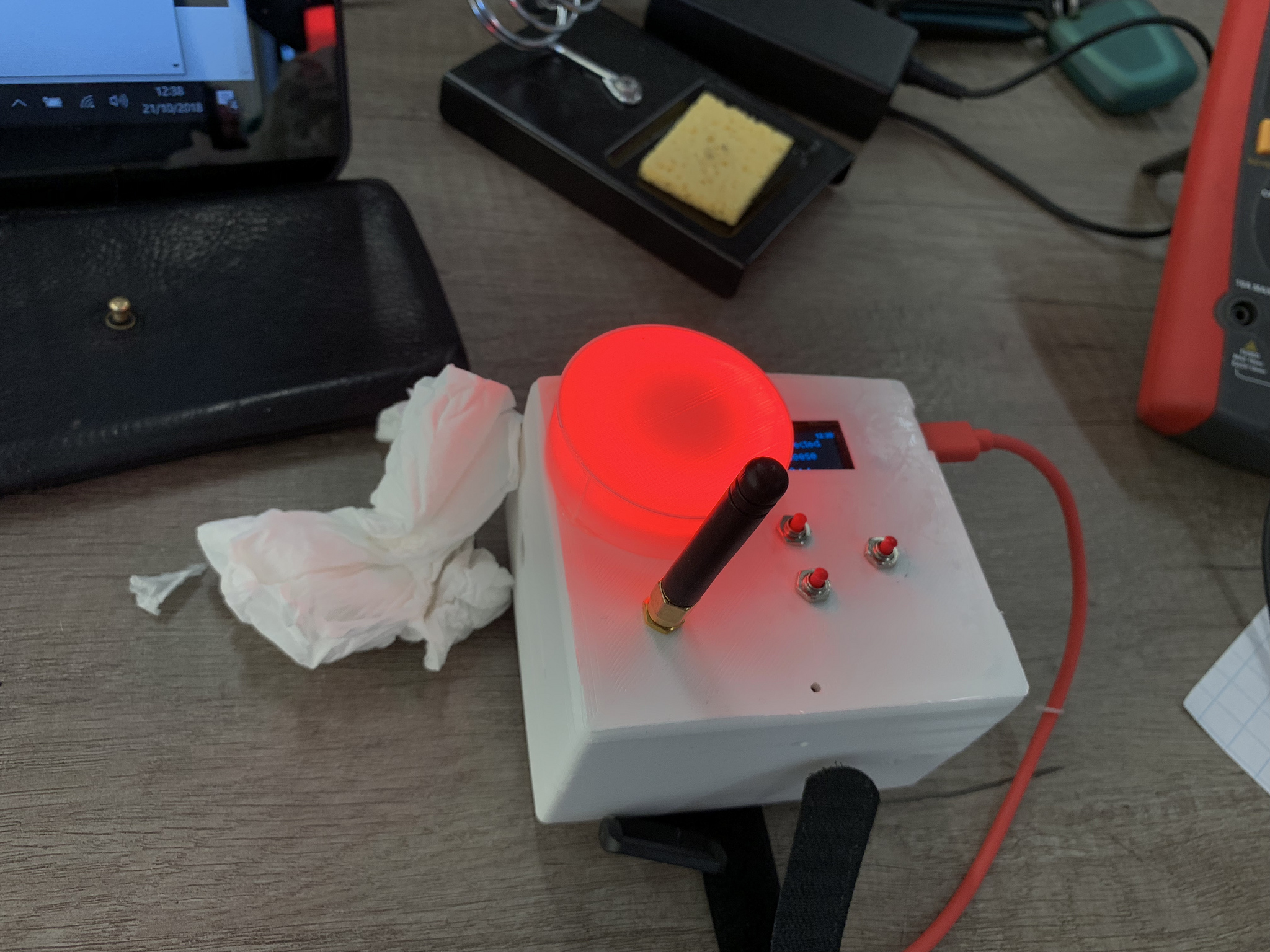Making a Martian Wrist Watch - Badly
/The watch in use showing the all-important dust levels…
Sometimes great ideas come to you at 3:00am in the morning. Sometimes you have ideas that turn out to be….. not so great.
After spending most of yesterday refining my air quality sensor I went to bed with no real plan of what to build for the Nasa Space Apps Challenge. Then, at 3:00am I woke up with an idea.
One of the “Can you build a….” challenges was to build a device to “Make sense of Mars”. The device could contain one or more senors and be used by those exploring the planet. So, all I have to do is take my Air Quality Sensor, add a wrist strap and presto, I have a Martian wrist watch. The idea is to make the kind of thing that a Martian might want to have on his or her person to track local environmental conditions and check for deadly dust storms.
Actually, at this point I must inform the reader that I’ve no idea whether or not dust storms would be a hazard to a martian, or whether or not any of the sensors I’m using (temperature, pressure, humidity and 10 and 25 micron dust particles) would generate any useful readings on Mars. But I’ve seen “The Martian” movie, and I reckon the hero would have found something useful to do with my device. He was a very resourceful chap.
Anyhoo, I reasoned that since there were things on the Martian surface that might be bad and I needed to make sure the wearer of the watch should be in no doubt when these happened. So I added a ring of pixels to my watch to give a strong and powerful warning. And it was at this point that my problems really started. Finding power for the pixel ring was easy, but I also needed a digital signal to select pixel colour.
This was tricky, since the Heltec device I’m using has pretty much all of the signals committed already. However eventually I managed to get the pixel ring to work without breaking any of the existing functionality. Or so I hoped.
The process involved three hours of tweaking drivers and moving devices around pins. During all this I was reminded of the old home truth: “Theory is when you know everything, but nothing works. Practice is when it works, but you really don’t know why.”
Testing the warning pixel with tissue paper…
When the final judging time came we we were a judge short, and so I ended up doing judgely things, although I also insisted on presenting as well. After all, there is always the “People’s Choice” award to go for. I was on last, after some really superb presentations by the other teams.
Alas things did not go well. The network connection to the access point the watch was using was disconnected during the presentations so my watch had fallen off the network. And the pixel ring on the watch seemed to have failed. So I did a bit of arm waving, told a few bad jokes and then headed for the door….
Anyhoo, you can find my team page on Nasa here. And you can find a fantastic description of the event at c4di here, including overviews of all the teams and the winners.
Thanks to c4di for the use of the venue, Dileepa for sorting out the awesome pizza and Nasa for coming up with a set of thought provoking challenges.










